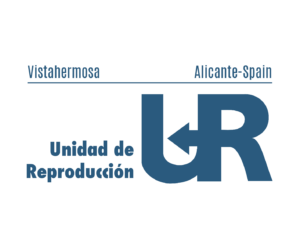The key to obtaining the ultimate guarantee of success.
Currently, we may consider chromosomal abnormalities (aneuploidy) a common feature in human embryos. A high percentage generate aneuploid cell lines at some point in their development, and these are maintained if they are unable to activate their repair mechanisms.
The detection and selection of embryos with the normal number of chromosomes (euploids) for transfer has become standard practice in centers that wish to offer their patients maximum guarantees of success. But, despite the use of powerful diagnostic technology (PGT-A) in our laboratories, a significant percentage of transferred euploid embryos do not achieve the expected results.
There are recent articles that suggest that PGT-A contributes nothing, and that it may even do more harm than good. Obviously, the lack of adequate criteria for indication during consultation, the incorrect use of the embryo biopsy technique in the lab, and the lack of a reliable genetic diagnostic platform will provide results that are quite discouraging, but if we select and address cases accordingly, we will get the most out of the technique.
A recently published study found that patients over the age of 37 whose embryos underwent chromosome screening significantly improved their implantation rate, lowered their chances of miscarriage, and lowered the time needed to achieve pregnancy after cumulative transfer, compared to patients of the same age who chose not to be screened. Therefore, scientifically speaking, we are prepared to state the clear benefit of PGT-A in cases of advanced maternal age, that is, as long as we use robust genetic screening tools, such as an array CGH, and also have good genetic advice.
Let’s now discuss the technique: when should the screening take place? On day 3, 5, or even 6 of culture? Obviously, we will always try to take the embryos to the blastocyst stage (day 5 or 6), where we will have a greater amount of DNA that will allow us to have a more reliable diagnosis, but the final decision will be made depending on their quality, number, and development in the lab. During this period of uncertainty, it’s essential for the lab to remain in constant contact with the patients, so as to be able to provide all the information regarding the evolution and quality of their embryos.
And what is the minimum number of embryos that need to be screened? Although several authors have discussed this issue, there is no serious work that has determined the minimum number of embryos we must have to clearly benefit from the PGT-A technique. Therefore, this information will be addressed in the consultation, and the decision will be made depending on the circumstances presented by each case.




